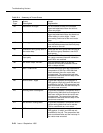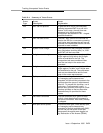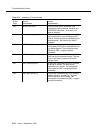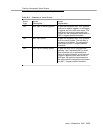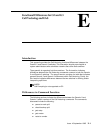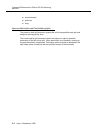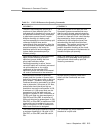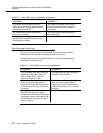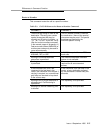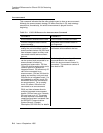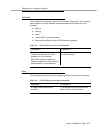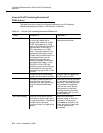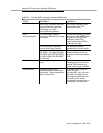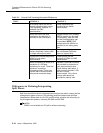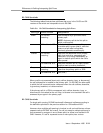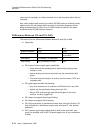
Differences in Command Function
Issue 4 September 1995
E-5
Route-to Number
This command routes the call to a specific number.
Table E-3. G2/G3 Differences for Route-to Number Command
GENERIC 3 GENERIC 2
The actual digit string is used as the
destination. The string can contain
special characters that may be
stored in an AD string, including
~p,
~w, ~W, ~m,
and
~s
(but not
*
or
#
).
(See the
route-to number
command
in the manual pages of Appendix A.)
Feature access codes (AAR/ARS) or
trunk access codes may be used to
route calls externally.
The AD member number is used as
the destination. None of the special
characters may be used. The special
functions are handled by the
AAR/ARS pattern routing.
The trunk may be accessed via
ARS/AAR, TAC, or UDP.
AAR/ARS is required for non-DCS
trunk calls.
Routing to individual attendant
extensions is permitted.
The individual attendant extension
feature is not available.
Routing to announcement extensions
is permitted.
The announcement command is
required for all announcement
access.
If the command fails, and if the
command is the last step in the
vector, the command is not retried. If
retrying is required, an unconditional
goto step
can be used to loop back
to the
route to
step.
If the command is the last step in the
vector, a busy destination targeted
by the command is retried every two
seconds.
Routing to an ACD split extension is
allowed even if Call Vectoring is
operational.
This capability is not provided.
Routing to a Service Observing FAC
is allowed
This capability is not provided.



